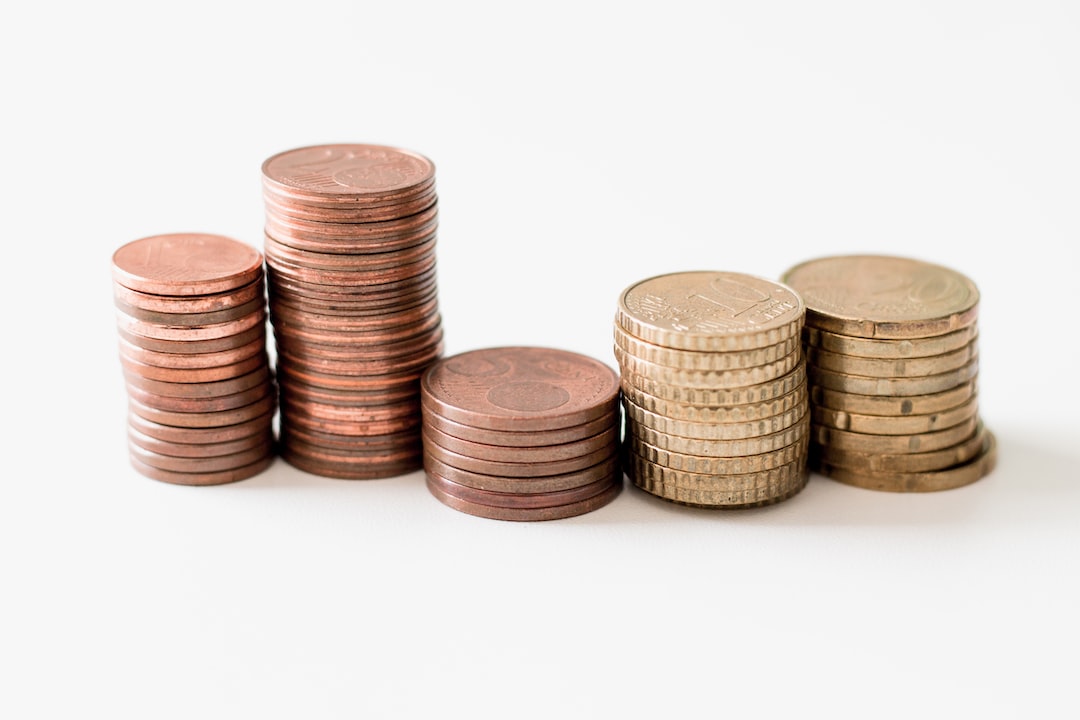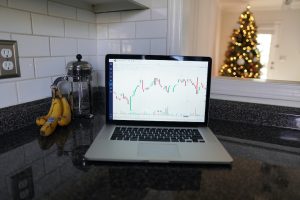Forex trading is a type of investment that involves speculating on the price movements of different currency pairs. To make a profit in forex trading, traders must buy a currency pair at a low price and sell it at a higher price. The difference between the buying and selling price is known as the spread. In this article, we will discuss what spread indicates in forex trading.
Spread Definition
The spread is defined as the difference between the bid price and the ask price of a currency pair. The bid price is the highest price that a buyer is willing to pay for a currency, while the ask price is the lowest price that a seller is willing to accept for the same currency. The spread is typically quoted in pips, which is the smallest unit of price movement in a currency pair.
For example, if the bid price of EUR/USD is 1.2000 and the ask price is 1.2005, the spread is 5 pips. The spread represents the cost of trading a currency pair and is the primary source of revenue for forex brokers.
Spread Calculation
The calculation of the spread is straightforward. The bid price and ask price are obtained from the forex broker’s trading platform, and the difference between them is calculated in pips. The spread can vary depending on the currency pair being traded, the time of day, and market volatility.
The spread can be fixed or variable, depending on the forex broker. A fixed spread is a set amount of pips that remains constant regardless of market conditions. A variable spread fluctuates depending on market volatility and liquidity.
Spread Impact on Trading
The spread has a significant impact on forex trading, as it affects the profitability of trades. When a trader buys a currency pair, they must pay the ask price, which is higher than the bid price. When they sell the currency pair, they receive the bid price, which is lower than the ask price. The difference between the bid and ask price is the spread, which represents the cost of trading.
A wider spread reduces the profitability of trades, as traders must make a larger price movement to make a profit. For example, if the spread is 10 pips, a trader must make a profit of at least 10 pips to break even. A narrower spread, on the other hand, increases the profitability of trades, as traders need a smaller price movement to make a profit.
Spread Types
There are two types of spreads in forex trading: fixed spreads and variable spreads. Fixed spreads are predetermined, and they remain constant regardless of market conditions. Variable spreads, on the other hand, fluctuate depending on market volatility and liquidity.
Fixed spreads are suitable for traders who prefer a predictable cost of trading, as they know the exact amount of the spread before they enter a trade. Variable spreads, on the other hand, are suitable for traders who are willing to accept a higher cost of trading in exchange for the potential for lower spreads during times of high market volatility.
Conclusion
In conclusion, the spread is an essential concept in forex trading, as it represents the cost of trading a currency pair. The spread is the difference between the bid price and ask price of a currency pair and is typically quoted in pips. The spread can be fixed or variable, depending on the forex broker. The spread has a significant impact on forex trading, as it affects the profitability of trades. A wider spread reduces the profitability of trades, while a narrower spread increases the profitability of trades. Understanding the spread is crucial for successful forex trading.





